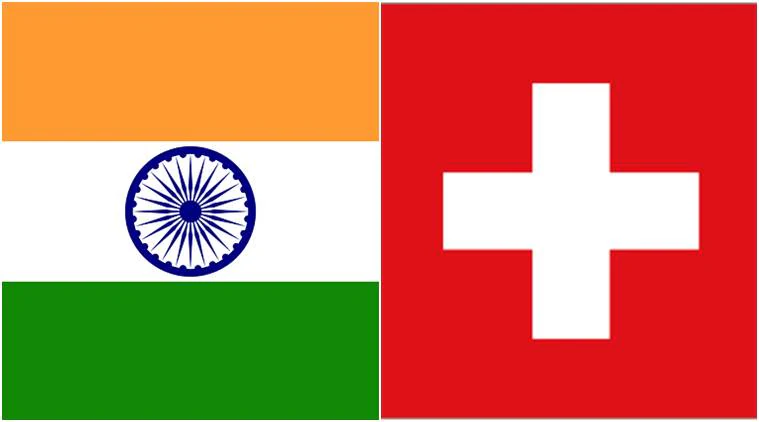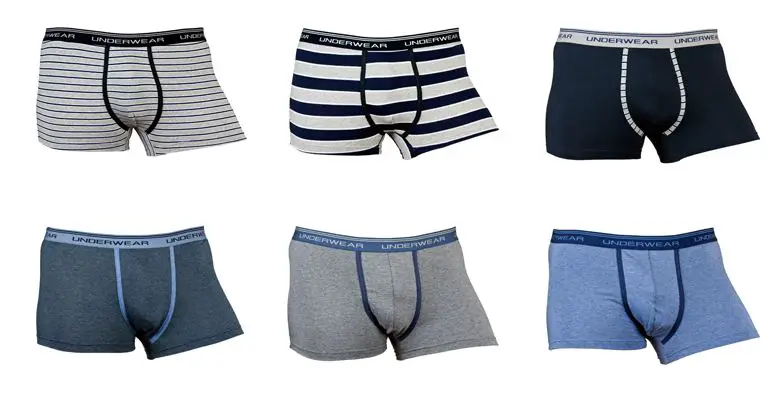29 November 2023, Mumbai
WHY India-Next big market
Key Insights:
India's retail landscape is set for a significant expansion, with an estimated 38 million sq. ft. of new retail space expected to be available in the top seven cities by 2027.
International brands are flocking to India, with 24 brands actively seeking retail spaces.
The rise of omni-channel retailing is driving demand for brick-and-mortar stores.
Consumers are seeking immersive shopping experiences, leading to increased footfalls and higher rental rates.
Emerging Trends:
Delhi-NCR is emerging as a retail hotspot, with a projected 31% of new supply.
New Gurugram and Greater Noida West are emerging as potential Grade A retail destinations.
Data Points:
The first half of 2023 saw a 24% surge in retail space leasing compared to the same period in 2022.
Fashion & clothing accounted for 38% of total lease activity in the first half of 2023.
Malls to Witness Significant Growth in Trading Values and Rental Incomes in FY 2024, ICRA Predicts
ICRA, one of India's leading credit rating agencies, has projected a strong upward trajectory for the retail industry, with malls set to reap substantial benefits.
The agency anticipates a remarkable surge in trading values of up to 4-5% in FY 2024, indicating a robust recovery from the pandemic's impact.
Furthermore, ICRA expects rental incomes to witness a healthy growth of 8-10% during the same period.
These positive projections stem from the overall success of retail across India, which has witnessed a resurgence in consumer spending and demand.
As footfalls in malls continue to increase, retailers are expanding their presence, leading to higher occupancy rates and an overall revitalization of the retail sector.
Prognosis for future
ICRA's optimistic outlook for malls is further reinforced by the growing popularity of omni-channel retailing, which seamlessly blends online and offline shopping experiences.
This approach has driven consumers back to physical stores, seeking immersive and engaging shopping experiences that e-commerce platforms cannot replicate.
As a result of these factors, malls are poised to play a pivotal role in India's retail landscape, with FY 2024 expected to be a year of significant growth and consolidation for the industry.
Future Outlook:
India's retail space market is expected to reach a value of $2 trillion by 2032.
Overall, the JLL India report paints a positive picture of India's retail landscape, with strong growth expected in the coming years.
Gist
- Soaring middle class
- Rapid urbanization
- Evolving consumer preferences
- Increasing disposable incomes
- Growing adoption of e-commerce
Key Insights
- Retail boom in top seven cities
- Influx of international brands
- Omni-channel retailing trend
- Demand for immersive experiences
Emerging Trends
- Delhi-NCR as retail hotspot
- Grade A retail destinations
- Fashion & clothing dominance
Data Points
- 24% surge in retail leasing
- Robust recovery from pandemic
- Healthy rental income growth
Prognosis for future
- Pivotal role of malls
- Omni-channel retailing boost
- FY 2024 as a growth year
Future Outlook
- $2 trillion retail space market
- Strong growth in coming years





















